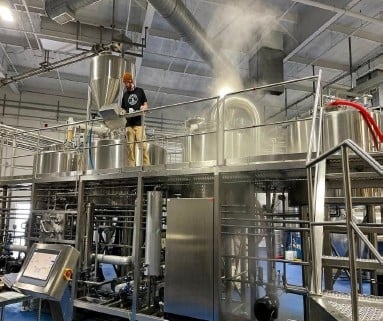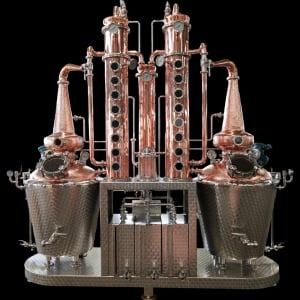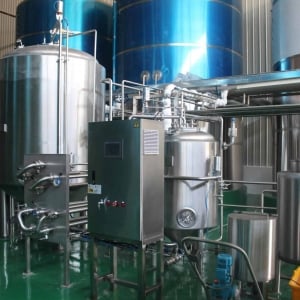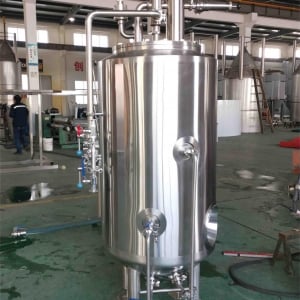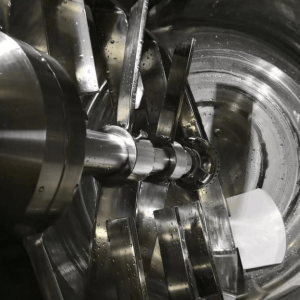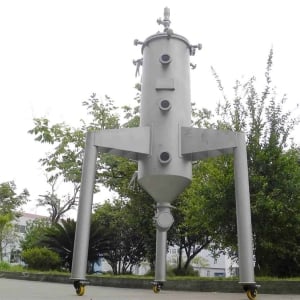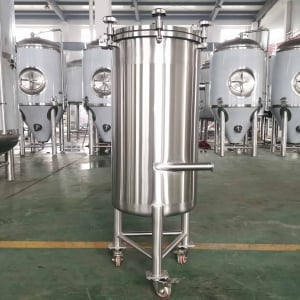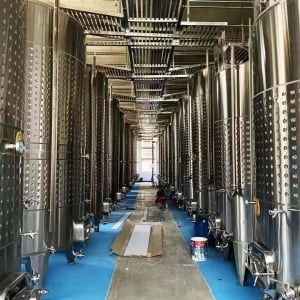Micro Beer Brewery: A Comprehensive Guide
The rise of the micro beer brewery has taken the craft beer world by storm. With the desire to create unique, flavorful beers, many enthusiasts are venturing into the world of microbrewing. This guide provides an in-depth look at everything you need to know about starting and operating a micro beer brewery, from equipment and brewing processes to the economics and logistics involved.
Overview of Micro Beer Breweries
Micro beer breweries, often referred to as microbreweries, are small-scale breweries that produce limited quantities of beer, typically much smaller than large-scale corporate breweries. They emphasize quality, flavor, and brewing techniques, often experimenting with different ingredients and brewing methods to create distinctive beers.
Microbreweries have become a cultural phenomenon, providing a personal touch to beer production and creating a community of passionate brewers and consumers. They often serve their products on-site in taprooms or brewpubs, fostering a direct connection with their customer base.
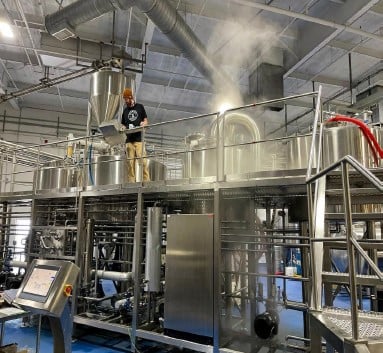
Equipment Guide for Micro Beer Breweries
Setting up a micro beer brewery requires specific equipment tailored to small-scale production. Here’s a detailed look at the essential equipment:
| Equipment Type | Details |
|---|---|
| Brewing Kettles | Vessels where wort is boiled with hops. Sizes vary based on production capacity, usually ranging from 100 to 1000 liters. |
| Fermentation Tanks | Stainless steel tanks where wort is fermented into beer. They come in various shapes and sizes, often customizable for temperature control and pressure settings. |
| Mash Tuns | Vessels where malted barley is mixed with water and heated to convert starches into fermentable sugars. |
| Cooling Systems | Used to quickly cool the wort after boiling, typically involving plate chillers or immersion chillers. |
| Pumps and Piping | Essential for transferring liquids between different stages of the brewing process. High-grade stainless steel is preferred for durability and hygiene. |
| Kegging and Bottling | Equipment for packaging the final product, whether in kegs, bottles, or cans. |
| Cleaning Equipment | Vital for maintaining hygiene and quality control, including CIP (clean-in-place) systems. |
Brewing Process Explained
Brewing beer is both an art and a science. Here’s an overview of the microbrewing process:
- Mashing: The process begins with mashing, where crushed malt (grains) is mixed with hot water in a mash tun. This process converts the starches in the grains into fermentable sugars.
- Lautering: The mash is then transferred to a lauter tun, where the solid grains are separated from the liquid wort.
- Boiling: The wort is boiled in a brewing kettle, during which hops are added. Hops contribute bitterness, flavor, and aroma to the beer.
- Cooling: After boiling, the wort must be rapidly cooled to a temperature suitable for fermentation. This is typically achieved using a heat exchanger.
- Fermentation: The cooled wort is transferred to a fermentation tank, where yeast is added. Yeast converts the fermentable sugars into alcohol and carbon dioxide, creating beer.
- Conditioning: The beer is conditioned, often in the same fermentation tank or in separate conditioning tanks. This process can last from a few days to several weeks, depending on the style of beer.
- Packaging: The final product is filtered, carbonated, and then packaged in bottles, cans, or kegs.
Micro Beer Brewery Capacity, Spaces, Design, Layout, Customization
When planning a microbrewery, it’s crucial to consider capacity, space requirements, design, and layout. Customization options can significantly impact the brewery’s functionality and appeal.
| Aspect | Details |
|---|---|
| Capacity | Microbreweries typically have production capacities ranging from 100 to 3000 liters per batch. Smaller setups can produce around 500 liters per week, while larger ones can produce several thousand liters. Capacity planning should align with market demand and growth projections. |
| Spaces | Space requirements depend on the scale of operations. A small microbrewery can operate in a space as small as 500 square feet, while larger ones may require several thousand square feet. Key areas include brewing space, fermentation area, storage, packaging, and a taproom or tasting area. |
| Design | The design should facilitate smooth workflow and efficient use of space. This includes proper placement of equipment, accessibility for cleaning and maintenance, and compliance with health and safety regulations. Aesthetic considerations, such as an attractive taproom, can enhance customer experience. |
| Layout | A well-planned layout ensures efficient movement of materials and staff. It should include dedicated zones for raw materials, brewing, fermentation, packaging, and storage. The layout should also consider utilities like water, electricity, and drainage. |
| Customization | Customization options include bespoke brewing systems tailored to specific recipes, specialized fermentation tanks for different beer styles, and unique packaging solutions. Customization can also extend to the design of the taproom, creating a unique brand identity. |
Suppliers and Price Range
Choosing the right suppliers for equipment and ingredients is crucial for the success of a microbrewery. Here’s a look at some of the options and price ranges:
| Supplier | Equipment Offered | Price Range |
|---|---|---|
| BrewTech Industries | Complete brewing systems, fermentation tanks | $10,000 – $150,000 |
| ProBrew Solutions | Kettles, mash tuns, cooling systems | $5,000 – $100,000 |
| CraftBrew Engineering | Customizable brewing equipment, CIP systems | $8,000 – $120,000 |
| BeerMasters Supplies | Kegging, bottling, and packaging equipment | $3,000 – $50,000 |
| YeastTech | Specialized yeast strains and fermentation aids | $200 – $5,000 per batch |
| Hops Direct | Various hop varieties | $10 – $500 per pound |
Installation, Operation, and Maintenance
Installing, operating, and maintaining a microbrewery involves several key considerations:
| Aspect | Details |
|---|---|
| Installation | Installation should be handled by professionals to ensure all equipment is set up correctly. This includes connecting utilities, calibrating systems, and conducting test runs. |
| Operation | Daily operations involve brewing, monitoring fermentation, quality control, and packaging. Staff training is essential for efficient and safe operations. |
| Maintenance | Regular maintenance is crucial for the longevity and performance of brewing equipment. This includes routine cleaning, inspections, and replacing worn-out components. |
| Troubleshooting | Having a troubleshooting protocol helps address common issues like equipment malfunctions, inconsistent fermentation, and contamination. Keeping spare parts on hand can minimize downtime. |
How to Choose a Supplier
Selecting the right supplier can significantly impact your microbrewery’s success. Here are some factors to consider:
| Criteria | Details |
|---|---|
| Reputation | Research the supplier’s reputation within the industry. Look for reviews, testimonials, and case studies from other microbreweries. |
| Quality | Assess the quality of the equipment and ingredients. High-quality materials and construction can ensure better performance and durability. |
| Support | Consider the level of support and after-sales service offered. Good suppliers provide installation assistance, training, and ongoing technical support. |
| Customization Options | Check if the supplier offers customization to meet your specific needs and preferences. |
| Price | Compare prices from different suppliers, but don’t compromise on quality for cost savings. Ensure the equipment fits within your budget without sacrificing essential features. |
Comparing Pros and Cons, Advantages and Limitations
Choosing the right equipment and setup involves weighing the pros and cons of each option:
| Option | Advantages | Limitations |
|---|---|---|
| Standard Systems | Affordable, widely available, easy to use for standard beer styles. | Limited customization, may not suit specialized or experimental brews. |
| Custom Systems | Tailored to specific brewing needs, greater flexibility in production. | Higher cost, longer lead times for production and installation. |
| Second-hand Equipment | Cost-effective, quicker availability. | Potential wear and tear, limited warranty, possible lack of support. |
| New Equipment | Latest technology, full warranty, support from manufacturer. | Higher initial investment, potential delays in delivery. |
Detailed Brewing Process
The brewing process is central to the success of a microbrewery. Each step needs careful attention to detail:
- Mashing: Combining malted barley with water to create a mash. The temperature is controlled to optimize the conversion of starches to sugars. This step typically takes 1-2 hours.
- Lautering: Separating the liquid wort from the spent grains. The wort is then sparged (rinsed) to extract remaining sugars
. This process usually lasts around 1 hour.
- Boiling: Boiling the wort and adding hops at various stages to impart bitterness, flavor, and aroma. The boil lasts 60-90 minutes, with precise timing for hop additions.
- Cooling: Rapidly cooling the wort to a temperature suitable for fermentation. This step prevents contamination and prepares the wort for yeast addition.
- Fermentation: Adding yeast to the cooled wort and allowing it to ferment. Primary fermentation can take 1-2 weeks, followed by conditioning for several days to months depending on the beer style.
- Packaging: Filtering and carbonating the beer before packaging it in bottles, cans, or kegs. Proper sanitation is crucial to avoid contamination.
Choosing the Right Capacity, Spaces, Design, and Layout
When planning your microbrewery, consider these critical aspects:
| Aspect | Key Considerations |
|---|---|
| Capacity | Align with your production goals and market demand. Start small and scale up as needed. |
| Spaces | Ensure adequate space for brewing, fermentation, storage, and customer interaction areas like taprooms. |
| Design and Layout | Prioritize efficient workflow, compliance with health and safety regulations, and aesthetic appeal. |
| Customization | Invest in customization for unique brewing needs and brand identity. |
Installation, Operation, and Maintenance
Proper installation, efficient operation, and regular maintenance are vital:
| Aspect | Key Steps |
|---|---|
| Installation | Hire professionals, follow manufacturer guidelines, and conduct test runs. |
| Operation | Train staff thoroughly, maintain strict quality control, and streamline processes for efficiency. |
| Maintenance | Implement a routine maintenance schedule, keep spare parts available, and perform regular inspections. |
| Troubleshooting | Develop protocols for common issues, train staff in problem-solving, and have a contingency plan for equipment failures. |
How to Choose a Supplier
Choosing a supplier involves assessing several factors:
| Criteria | Importance |
|---|---|
| Reputation | High – Ensure the supplier is well-regarded in the industry and has positive reviews. |
| Quality | High – Invest in high-quality equipment and ingredients to ensure the best end product. |
| Support | High – Select suppliers that offer comprehensive support, including installation, training, and technical assistance. |
| Customization | Medium – Depending on your specific needs, customization options can be crucial for tailoring equipment to your brewing style. |
| Price | Medium – While cost is important, prioritize quality and support to avoid long-term issues. |
Comparing Equipment Options
Carefully weigh the pros and cons of different equipment types:
| Type | Advantages | Disadvantages |
|---|---|---|
| Standard Systems | Cost-effective, easy to use, widely available. | Limited customization options, may not support complex brewing techniques. |
| Custom Systems | Tailored to specific needs, greater flexibility, ideal for unique or experimental brews. | Higher cost, longer production and installation times. |
| Second-hand Equipment | Lower initial cost, quicker acquisition. | Potential for wear and tear, limited or no warranty, may lack manufacturer support. |
| New Equipment | Cutting-edge technology, full manufacturer support and warranty. | Higher initial investment, potential delays in manufacturing and delivery. |
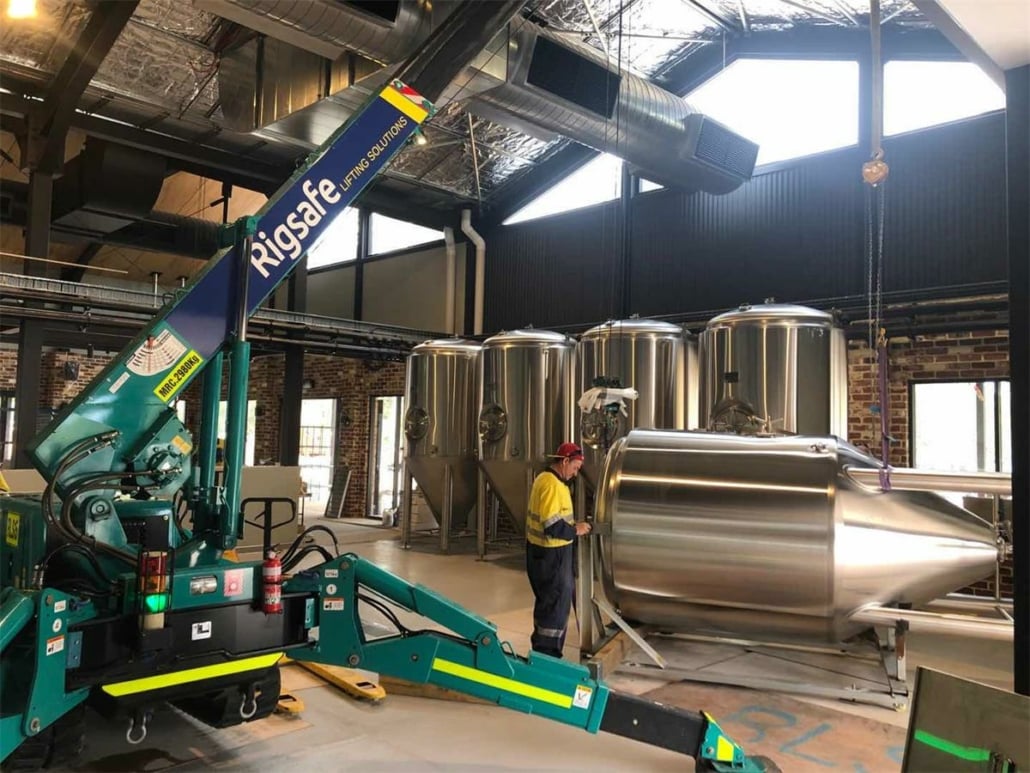
FAQs
| Question | Answer |
|---|---|
| What is a microbrewery? | A microbrewery is a small-scale brewery that produces limited quantities of beer, focusing on quality, flavor, and unique brewing techniques. |
| How much does it cost to start a microbrewery? | Costs can vary widely, but initial investments typically range from $100,000 to $1,000,000 depending on the scale, equipment, and location. |
| What equipment do I need to start a microbrewery? | Essential equipment includes brewing kettles, fermentation tanks, mash tuns, cooling systems, pumps, piping, kegging/bottling equipment, and cleaning systems. |
| How long does it take to brew beer? | The brewing process, from mashing to packaging, can take anywhere from two weeks to several months, depending on the beer style and fermentation process. |
| Can I customize my brewing equipment? | Yes, many suppliers offer customization options to tailor equipment to your specific brewing needs and preferences. |
| What are the benefits of owning a microbrewery? | Benefits include creative control over beer production, potential for high-profit margins, direct customer interaction, and the ability to create a unique brand. |
| How do I maintain my brewing equipment? | Regular maintenance involves thorough cleaning, routine inspections, replacing worn parts, and troubleshooting common issues. |
| What is the difference between a microbrewery and a brewery? | Microbreweries produce smaller batches of beer with a focus on quality and experimentation, while larger breweries focus on mass production. |
| How do I choose the right supplier for my equipment? | Consider factors like reputation, quality, support, customization options, and price. Research and compare multiple suppliers before making a decision. |
Conclusion
Starting a micro beer brewery is a rewarding venture that combines creativity, science, and business acumen. By carefully planning your equipment needs, understanding the brewing process, and choosing reliable suppliers, you can create a successful microbrewery that stands out in the competitive craft beer market. With the right approach, your microbrewery can become a beloved local establishment, offering unique and high-quality beers that reflect your passion and expertise.

